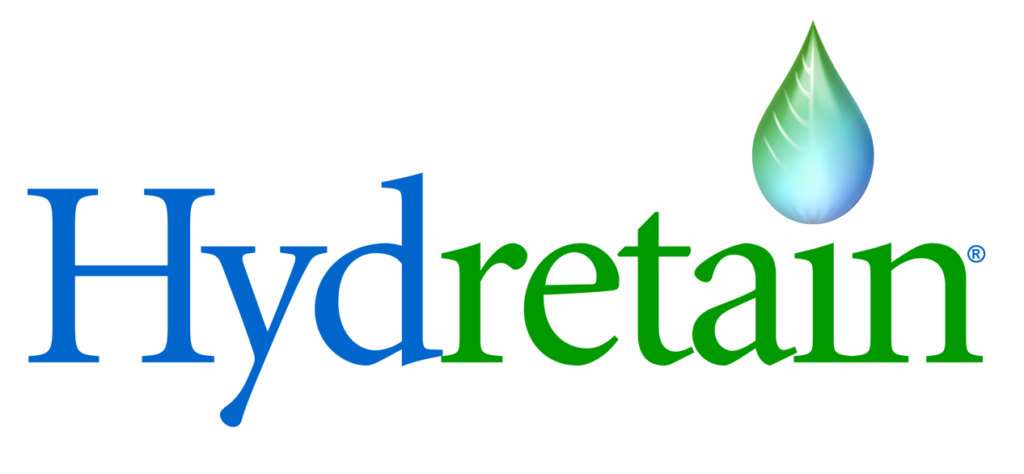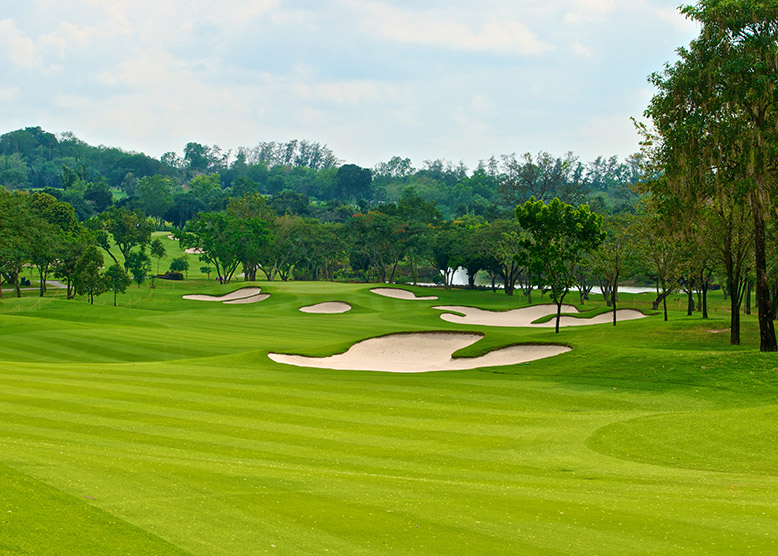The Importance of Turfgrasses
Turfgrasses play a larger role in everyday life than many people realize.
“I asked the waiter, ‘Is this milk fresh?’ He said. ‘Lady three hours ago it was grass.”
– Phyllis Diller
Established stands of grasses benefit the environment in multiple ways including purification of air, water runoff and filtration, erosion control, noise reduction, and a natural cooling effect. Furthermore, they provide a surface for multiple sports and lastly a golf course without sufficient turf cover might as well be a parking lot. A day of golf on a poorly maintained course will likely ensure a dwindling rate of golfer returns. Success starts with the seed!
Seed Selection
Seeding is done for multiple reasons including construction/repairs, insect and disease damage, integration or conversion or adverse weather conditions. For successful seeding the most important factor to consider is seed selection. Some research should be conducted to determine the best grass species and cultivars for your particular project, location and budget. Once these decisions have been made, it is important to decide on a quality source of seed with a high germination percentage and low amount of weed and undesirable grass seed level. Special attention to the testing date can be a determining factor between success and failure.
Site Preparation
Once seed is selected, site preparation is the next step to ensuring seeding success. Seed to soil contact is critical for good germination and survival and can be achieved in several ways including aeration, slit or drill seeding and the removal of organic matting (thatch). The roles of oxygen, soil temperature and water are also crucial. Without consistency in the above mentioned environmental factors turf quality will be compromised. Warmer soil temperatures are required for seed germination and oxygen is vital as the seed leaf and root emerge.
Watering
Water is key in seed expansion, germination and seedling survival. Without a consistent source of water young plants will rapidly desiccate and die. Conversely, overly watered or saturated seed beds will be depleted of oxygen. Over-watered juvenile plants will be at risk for seed rot and water borne diseases causing complete collapse and mortality.
Superintendents often irrigate new seed multiple times throughout the day to keep these sown areas just damp enough to provide usable moisture while preventing flooding and runoff. This tends to be tricky business particularly in season while open for business. Complaints can be a plenty when golfers are surprisingly blasted with a gush of water from the irrigation system at the top of their swings, or play is slowed with dampening cycles. A less invasive tactic is hand watering but that is also very labor intensive. Today’s golf courses are consistently under labor constraints, so this operation ends up incomplete. Lastly, rain can help but when those storm clouds that looks imminent breaks up over the course, drying seed beds can be found dead the following morning.
How to Keep Turf Healthy
The most important fact is that this seeding operation was to establish new playing areas, and anything less than a healthy stand of turf is failure. There are options for success, by using products to help maintain moisture between watering the Superintendent can breathe a sigh of relief if an irrigation cycle is missed or rain eluded the course.
Hydretain will adhere to the seed coat and attract atmospheric moisture to accelerate seed germination. Through both university studies and field data, Hydretain has shortened the duration to germination by a few days to a week or more. Another benefit to using this product is that it will maintain a nominal amount of moisture in the soil to support the functions of young seedlings. In fact, Hydretain can act as an insurance policy for new seedings and improved playing surfaces.
If you have any additional questions about golf course management, contact us!


